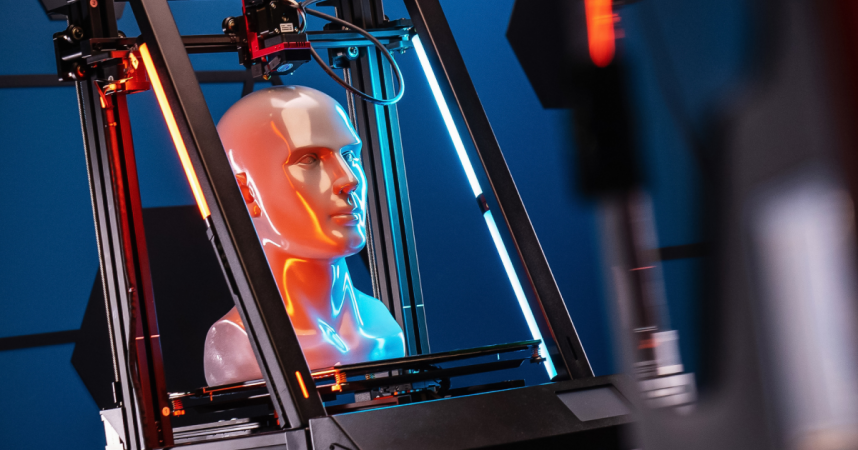
An experimental approach to 3D printing may someday allow doctors to print body parts and medical devices inside of a patient’s body, a new report suggests.
The approach would trigger the printing process by directing sound waves at the ink, rather than the light waves that advanced 3D printers are currently using.
“Compared with light, ultrasound waves... can penetrate more than 100 times deeper” into materials that would block laser light, holding the promise for printing at depths, the authors of the report wrote on Thursday in Science.
“This strategy could even work inside the body,” an accompanying commentary suggests.
3D printing has been evolving from its original approach, in which objects were created layer-by-layer, to a method known as volumetric 3D printing, in which an entire object is created at once. It works by delivering laser light from multiple angles onto light-sensitive “ink.” The light waves trigger molecules in the ink to join together to form the desired shape.
To use ultrasound instead, the researchers created a “sono-ink”, a concoction of polymers, particles, and chemical initiators that is sensitive to sound waves.
As the sono-ink absorbs the sound waves, it forms a gel that holds the molecules in place.
In proof-of-concept lab experiments using animal body parts, the researchers injected their ink and reconstructed bones and tissues, repaired hearts, and created devices that secrete chemotherapy drugs near tumors.
Commercial availability of the technique is still far off.
But along with biomedical applications, the “fast printing speed and the ability to operate in... opaque materials also has applications in consumer product fabrication,” the commentary added.